Suspense has been a fundamental domain of cinema since its beginnings, and this is what Alfred Hitchcock fully realized. Moreover, “suspense” is the viewer’s experience that requires continuous redefinition in order to remain in a state of supposed familiarity, through which the self is partially lost to live a constructed pleasure.
I do not wish to write a history of suspense; rather, what matters to me is to draw attention to how art films construct suspense through alternative ways — sometimes through actions, or through quieter audiovisual elements, and other gentler means of engaging the viewer’s perception… What is essential here is the narration of suspense as it is carried within works of “slow cinema,” where the desire to watch unfolds slowly, interacting with long shots, slow movements, directed lighting, and contemplative focus on everyday events and scenery.
This work often carries a historical, critical, reflective, and analytical perspective on a contemporary artistic mode that re-evaluates current forms of cinema. It seeks a deeper understanding of suspense by looking at its unexpected manifestations in films referred to as “slow cinema,” showing how slowness itself builds suspense through immersion in atmosphere, limited narration, and withholding information — causing the viewer to waver between boredom, curiosity, and fear.
The book focuses on works in which suspense arises where the boundaries between art cinema and popular genres become undefined — such as horror, thrillers, science fiction, and melodrama — to the point of indeterminacy.

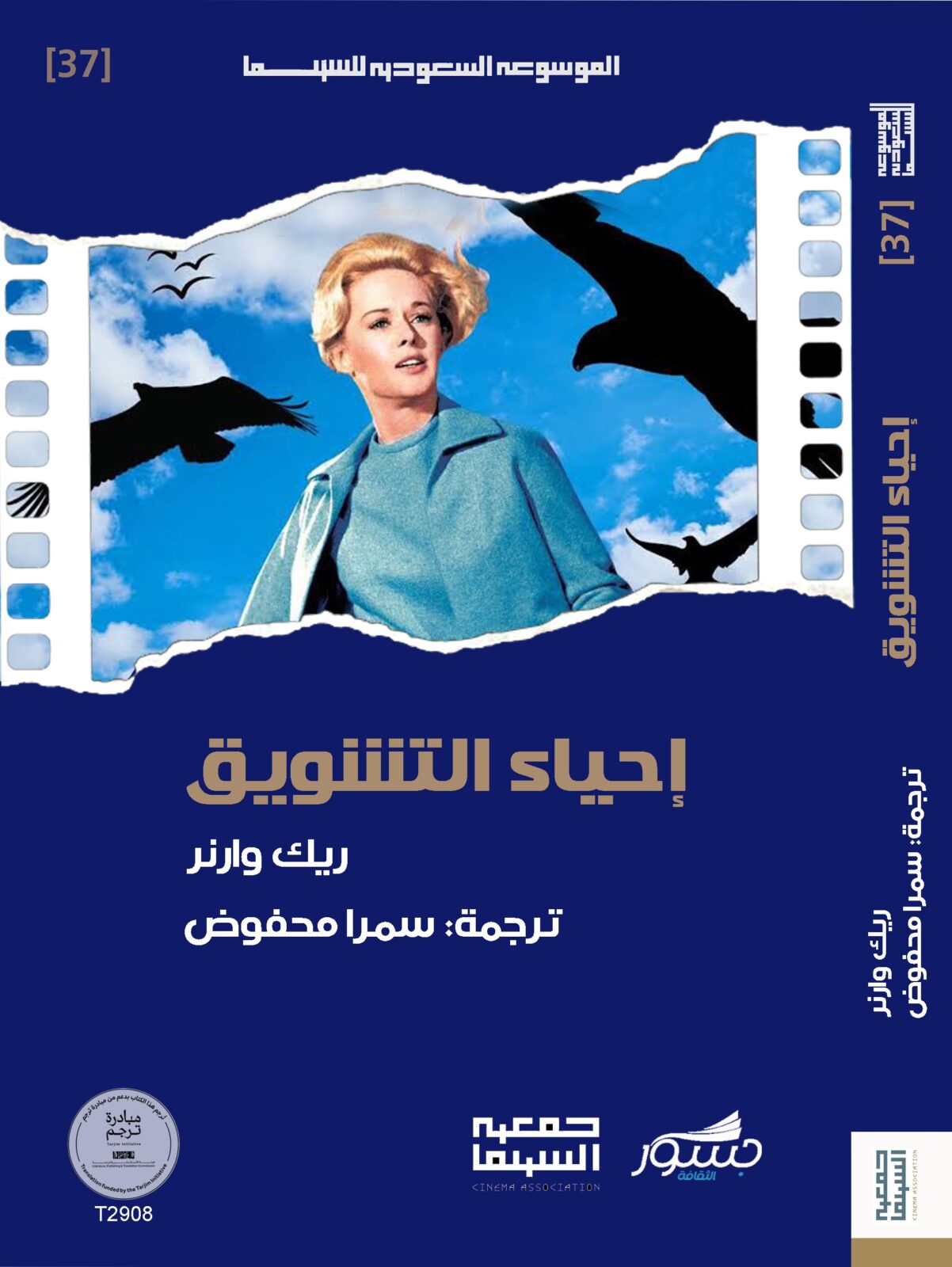
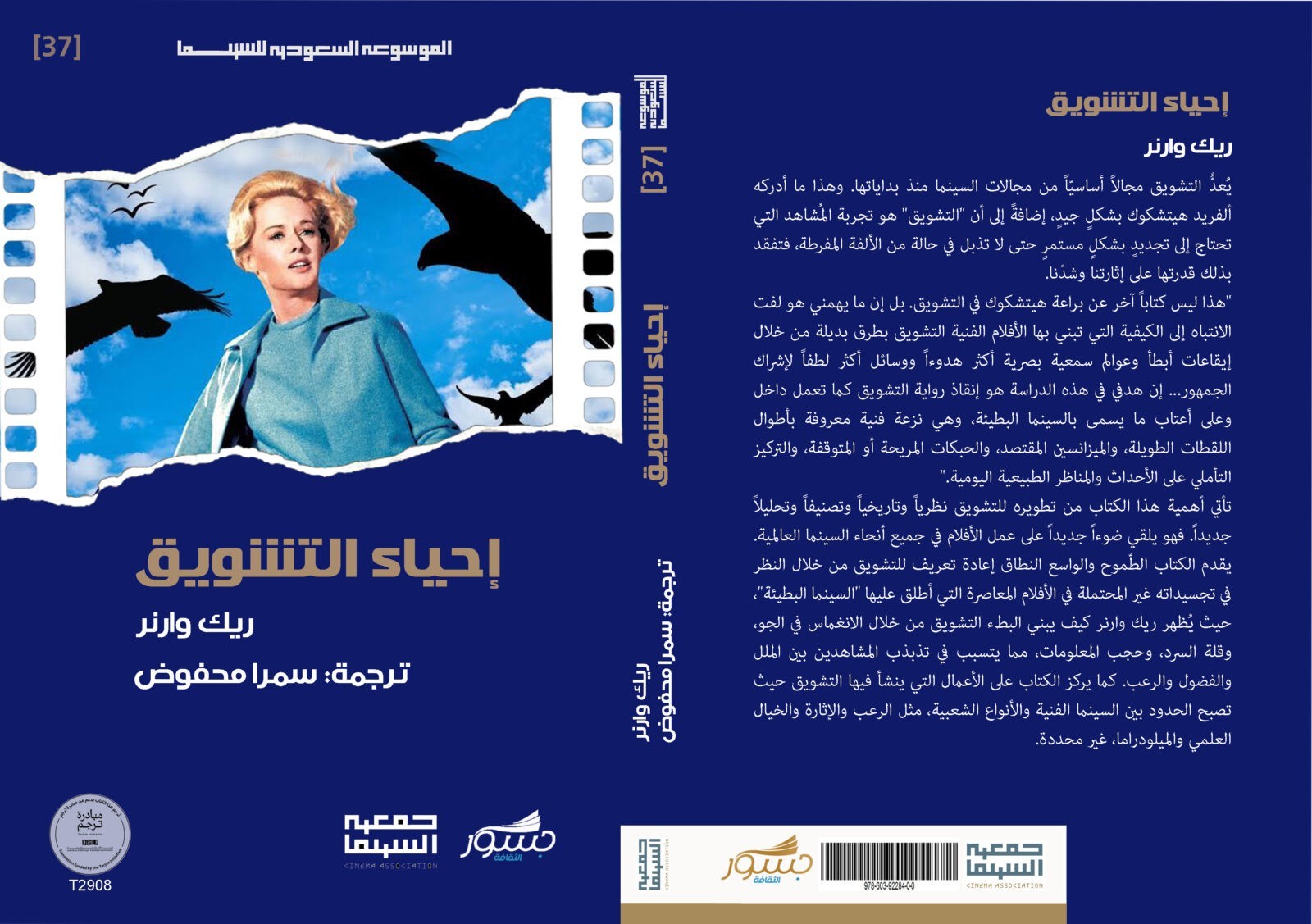


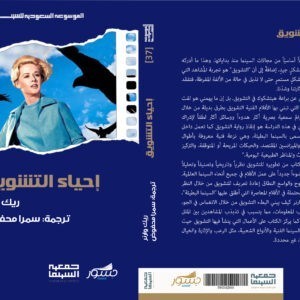
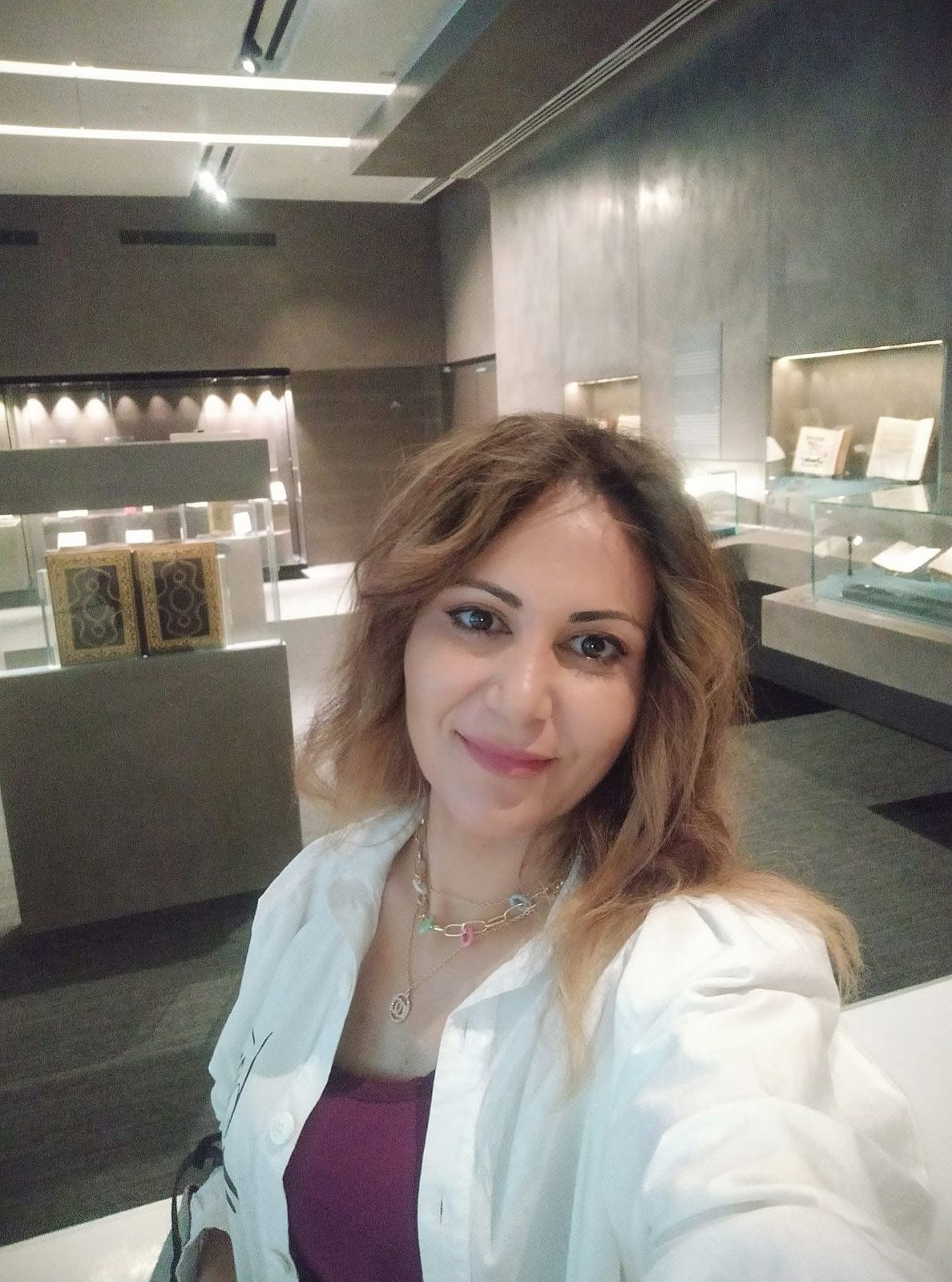
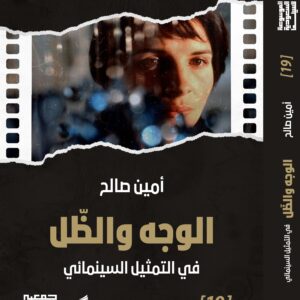
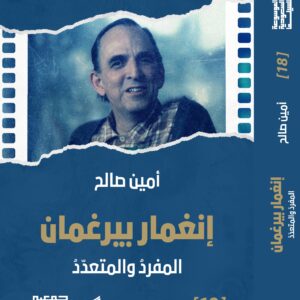
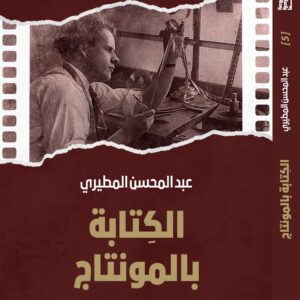
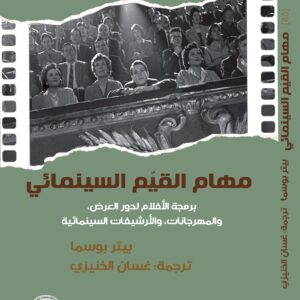




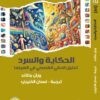
Reviews
There are no reviews yet.